Curved TV vs Flat TV – Which One is Right for You?
If you are confused about Curved TV vs flat TV then this article would be helpful for you. Apart from the natural differences in screen shape, there isn’t much of a difference between the two in the end. When observing we find out that there are a few obvious variations, including their design and model selection of LED TV. Regarding viewing angles, both flat and curved screen TVs have benefits and drawbacks.
However, since the panel type has a greater effect on viewing angles than curvature, two TVs with the same panel type should have the same viewing angles regardless of their shapes. Let’s use a concave display that is slightly bent inward to further explain curved TVs. Also, Smart TV features for curved TV can provide a more enjoyable and immersive viewing experience.
If you sit very close to the screen, a curved screen may be useful, particularly if you use it as a PC monitor. A television set that displays content in a flat, thin format using one of several distinct technologies is known as a flat-panel TV. And latest Smart TV technology is Micro LED, which is a self-emissive display technology that offers superior picture quality, including perfect blacks for both Curved and Flat TV.
If you sit too near to a flat TVs screen with narrow viewing angles, the left and right corners will appear washed out and darker. Furthermore, Flat TVs are energy-efficient smart TVs that consume less power and offer a wider range of features than traditional TVs. Though they might not seem as precise, the curved screen aids in bringing the edges into your field of vision. The curved TVs come with Wall mounting options like any flat one.
32 inch curved smart TV
 It is necessary to measure the room before deciding whether or not to purchase a TV. The ideal TV size for a tiny space is 32 inches, such as a kitchen or bedroom. The picture quality of 32 inch smart TV is way better than LCD and plasma display. Moreover, the curved average TV size for a bedroom is typically between 32 and 43 inches.
It is necessary to measure the room before deciding whether or not to purchase a TV. The ideal TV size for a tiny space is 32 inches, such as a kitchen or bedroom. The picture quality of 32 inch smart TV is way better than LCD and plasma display. Moreover, the curved average TV size for a bedroom is typically between 32 and 43 inches.
50 inch curved TV
 The 50-inch size is reasonably priced and ideal for the majority of living rooms. On a smart TV, content navigation is effortless and the newest TV technologies are integrated. Its dimensions allow it to fit on a table or counter while still being big enough for an entertainment center. These models are reasonably priced in the same range.
The 50-inch size is reasonably priced and ideal for the majority of living rooms. On a smart TV, content navigation is effortless and the newest TV technologies are integrated. Its dimensions allow it to fit on a table or counter while still being big enough for an entertainment center. These models are reasonably priced in the same range.
75 inch curved TV
 If you want to give your Living room aesthetics a look then this 75-inch curved TV is the best choice. The greatest 75-inch TVs may provide a cinematic experience that is noticeably closer to what you would see at the movies.
If you want to give your Living room aesthetics a look then this 75-inch curved TV is the best choice. The greatest 75-inch TVs may provide a cinematic experience that is noticeably closer to what you would see at the movies.
Curved TV vs flat TV pros and cons
Curved TVs offer a more immersive viewing experience but can have glare issues, while flat TVs have wider viewing angles but may not feel as immersive. Here we will discuss the pros and cons of Curved TV vs flat TV
Wide viewing angle
Flat TVs have wider viewing angles. The viewing angle measurements show the maximum angle at which a TV can be watched without losing picture quality. Although the curve avoids the typical decrease in contrast and color performance that flat LCDs experience when viewed off-axis, the curved shape will unavoidably have an adverse effect on the geometry of your image when viewed from the side of the TV.
Lightweight
Technology has become advanced now TVs are lighter in weight and also come in a bigger size.
Curved vs flat TV picture quality
 Flat TVs have no picture distortion at the edge. Flat-screen televisions offer a crisper, more detailed image, making for a more engaging viewing experience. Larger TVs benefit greatly from 4K Ultra HD since it allows you to sit closer to the screen without seeing individual pixels. In the case of curved TVs, you have to watch TV alone and seated near to the screen otherwise you may see distorted images.
Flat TVs have no picture distortion at the edge. Flat-screen televisions offer a crisper, more detailed image, making for a more engaging viewing experience. Larger TVs benefit greatly from 4K Ultra HD since it allows you to sit closer to the screen without seeing individual pixels. In the case of curved TVs, you have to watch TV alone and seated near to the screen otherwise you may see distorted images.
No reflection
Flat TVs and curved TVs react to reflections differently because of their shapes. The curved TV’s light is stretched over the screen to cover more area. On the other hand, because the flat screen reflects back straight rather than extending over the screen, reflections are harsher. but some say Flat TVs are less prone to reflection. It is as per your preference. Television screens are made to reflect and absorb light in various ways. And the type of material used to finish the screen affects how light is handled by the screen.
Gaming experience in curved vs flat TV
 Do you wish you could play games with a bigger. And more immersive screen instead of on your tiny laptop or PC? Then buy an additional screen instead of putting yourself in a box. An extra monitor, whether curved or flat, provides a more freed-up screen, which might be especially useful if you stream video games. It lets you concentrate on your gameplay while keeping an eye on your screen and interacting with viewers. Different tastes may be found among gamers. While some cannot sacrifice a better gaming experience, others place a higher priority on refresh rates.
Do you wish you could play games with a bigger. And more immersive screen instead of on your tiny laptop or PC? Then buy an additional screen instead of putting yourself in a box. An extra monitor, whether curved or flat, provides a more freed-up screen, which might be especially useful if you stream video games. It lets you concentrate on your gameplay while keeping an eye on your screen and interacting with viewers. Different tastes may be found among gamers. While some cannot sacrifice a better gaming experience, others place a higher priority on refresh rates.
Therefore, before purchasing a gaming monitor, consider your demands and preferences, and consider what matters most to you. You might prefer a curved screen if you enjoy turning on your headphones and losing yourself in your game. The curved shape is meant to resemble the eye’s natural perspective, expanding your field of vision. And increasing your sense of immersion in the content you’re viewing on screen.
All Smart TVs are ideal for gaming due to their low input lag and fast response time, which minimize delays between your actions and what you see on the screen. A flat TVs can be a better option if you’re on a small budget but still want high-quality resolution and take your games seriously. Flat displays are still relevant and helpful in many situations, despite being outdated technology. A flat TVs has more viewing angles and significantly less glare than a curved monitor.
Price difference curved vs flat
Curved or flat monitor which one to buy? We will make it easy for you. There is a Price differences between curved TVs and flat TVs. Curved TVs are a bit more expensive than flat TVs. Despite having many of the same characteristics as curved ones, flat monitors are usually a little more affordable because they have been around for a while. You may receive more value for your money with a flat-screen monitor if price is one of your primary considerations when making a purchase. Both curved and flat TVs offer a variety of budget-friendly Smart TV options to suit your needs and preferences.
Conclusion
Overall, there are a lot of strong reasons to purchase both flat TVs and curved TVs. It truly comes down to User preferences which one you choose over the other, while some people might just find curved screens to have better reflection handling. We have discussed the pros and cons of Curved TV vs flat TV, it’s your choice now what to buy. If you intend to watch TV alone, then curved TVs are worth the investment. Since it can provide a panoramic perspective, you may fully immerse yourself in an incredible home theatre experience if you’re by yourself.


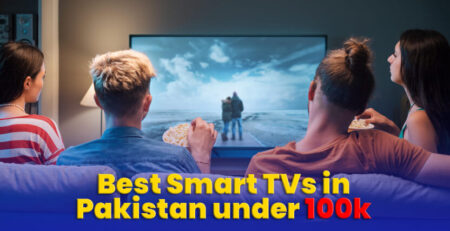
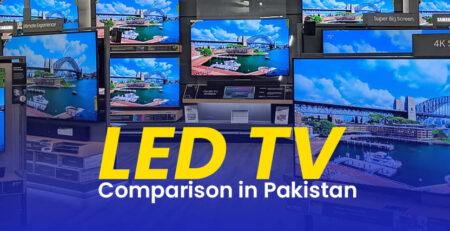
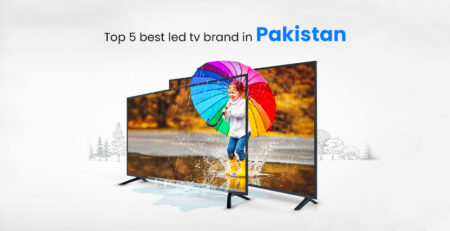
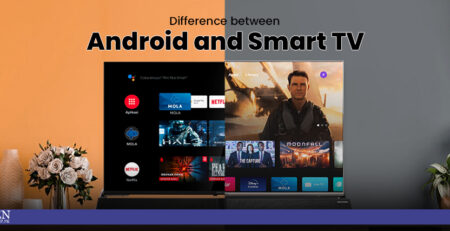
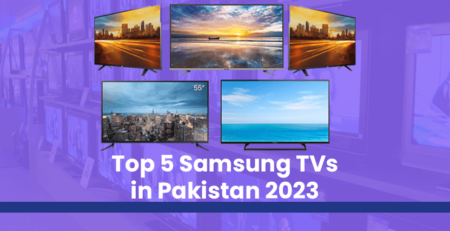

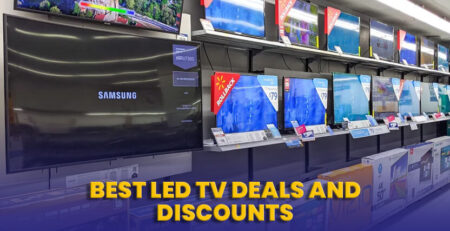
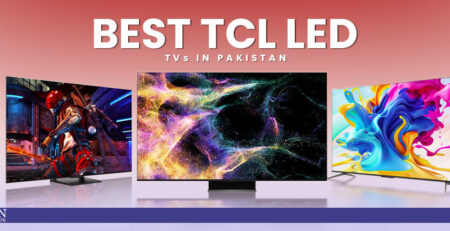
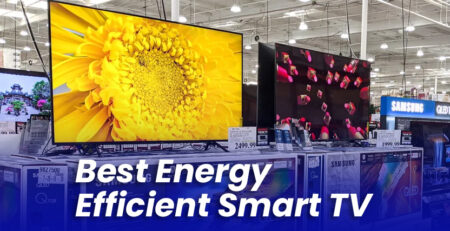
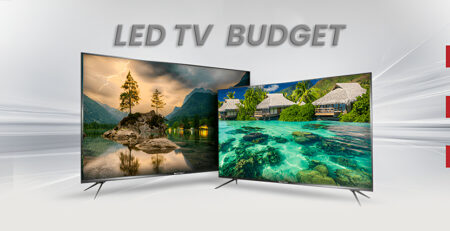



LEAVE A COMMENT